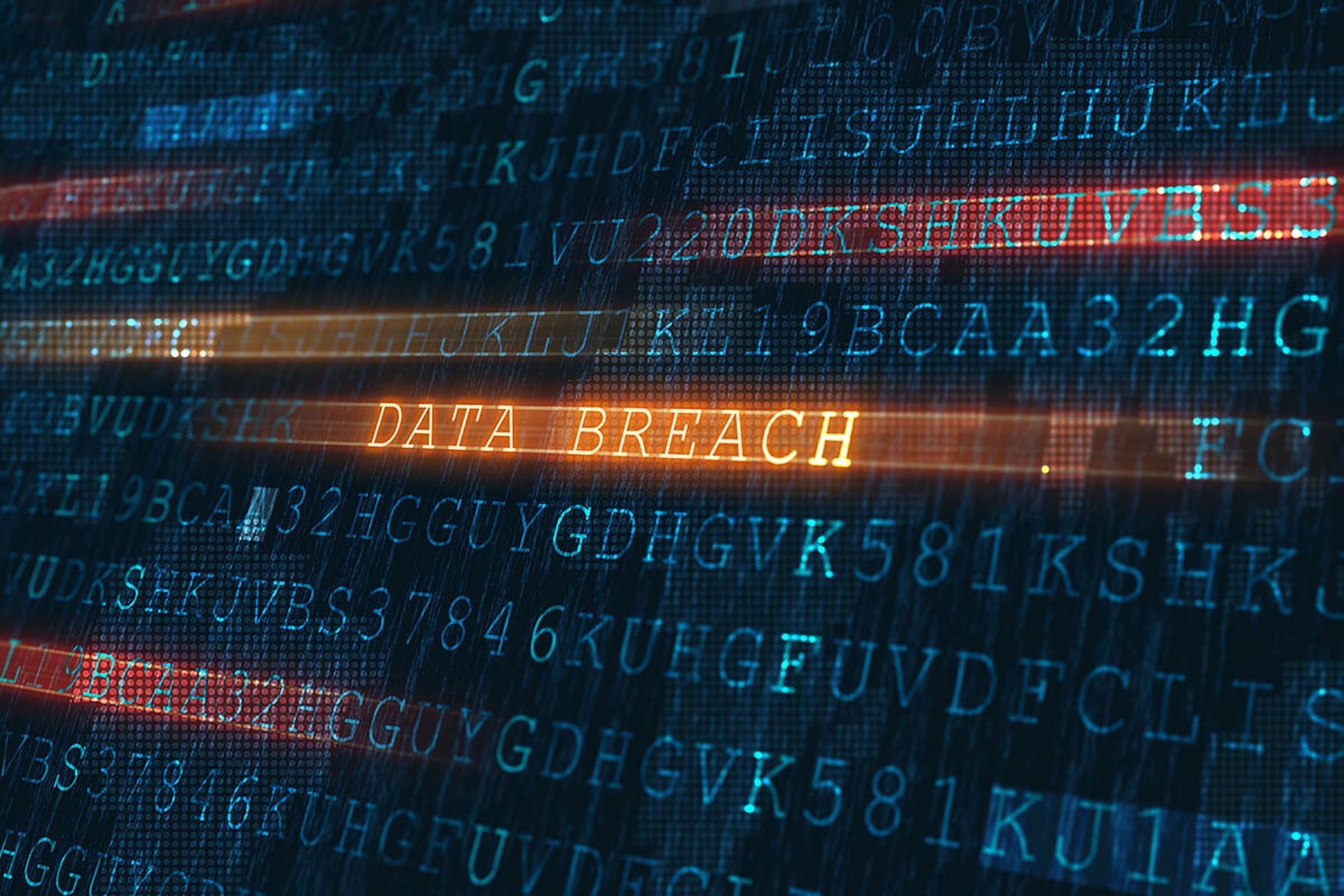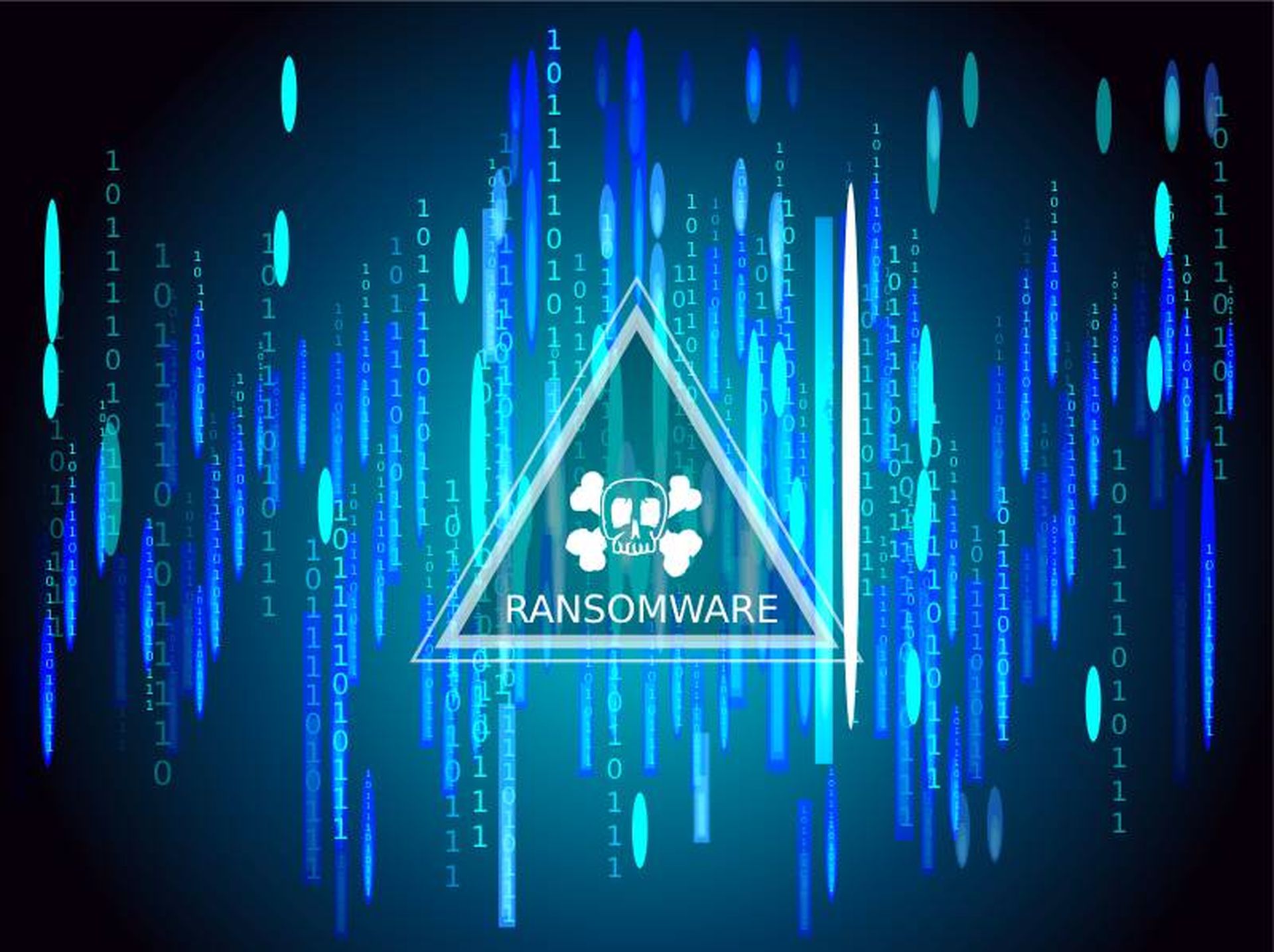Business data at risk
The rise of remote and hybrid work models has made the work landscape more flexible, but it has also dramatically increased risks to sensitive business data that many companies have yet to acknowledge.What is work from home in the modern business world? And, what does it mean for a company's risk profile?Employees now regularly access company data from home networks and personal devices outside the corporate firewall. Confidential files that once sat securely on servers in the office are now found on dozens of machines across various environments, leaving digital breadcrumbs for hackers to exploit.And hackers have taken notice. They understand that employees who embrace work-from-home flexibility are often less security-conscious than those in the office. A well-crafted phishing email sent to a distracted worker on their laptop could offer a hacker's opening to steal intellectual property and customer data.
Security and competitive edge go hand-in-hand
What separates companies that will thrive in the new work ecosystem from those that quickly crumble when a breach hits? It boils down to one word: security.Forward-thinking businesses now view security as a competitive advantage rather than just a cost center. They recognize that customers choose partners they can trust to keep data safe. Top talent wants to work at brands with ironclad security reputations. And robust security protocols preserve business continuity by preventing breaches that lead to costly outages.Prioritizing security also helps capture more business opportunities. Prospects with stringent compliance requirements only work with vendors boasting top-notch security practices. This lets the organization competitively bid on lucrative contracts that peers with security gaps simply can't qualify for.Furthermore, breaches lead to costly outages and remediation efforts. Security leaders avoid these disruptions through world-class prevention and threat detection. With fewer incidents diverting focus, teams can zero-in on driving innovation instead of reacting to the breach.Let’s look at five strategies for organizations to step-up security and stay on track in today’s highly competitive business environment:- Adopt a zero-trust model: Transition from a model where anything inside the corporate perimeter automatically gets trusted to one where nothing is trusted by default. This means requiring verification for all attempts to access apps and data regardless of whether employees connect from the office or their home. Strict access controls limit access to only what each user needs to do their job.
- Encrypt all sensitive data: This renders data useless to hackers even if they manage to steal it. Deploy encryption across networks, endpoints, servers, and cloud services so files remain safe, whether at rest or in transit between locations. Maintain tight access controls over encryption keys to preserve robust protection.
- Enable multi-factor authentication (MFA): Require employees to present an additional credential beyond a password when signing into apps and services. Options range from text-based one-time password (OTP) codes to biometrics such as face and fingerprint verification. MFA blocks most attacks that leverage stolen passwords.
- Prioritize security awareness training: Humans are a potential source of vulnerability when it comes to data loss and breaches. Invest in continuous security awareness education so employees update their habits to account for new risks. Test them with simulated phishing attacks to measurably improve vigilance.
- Adopt advanced threat analytics: Legacy antivirus tools rely on signatures to catch known attacks. Modern adversaries easily bypass these defenses using novel malware and tactics. Behavioral analytics powered today with artificial intelligence spot suspicious activities that may represent surveillance for an emerging attack. Prompt detection lets the company handle the threat before data gets compromised.




